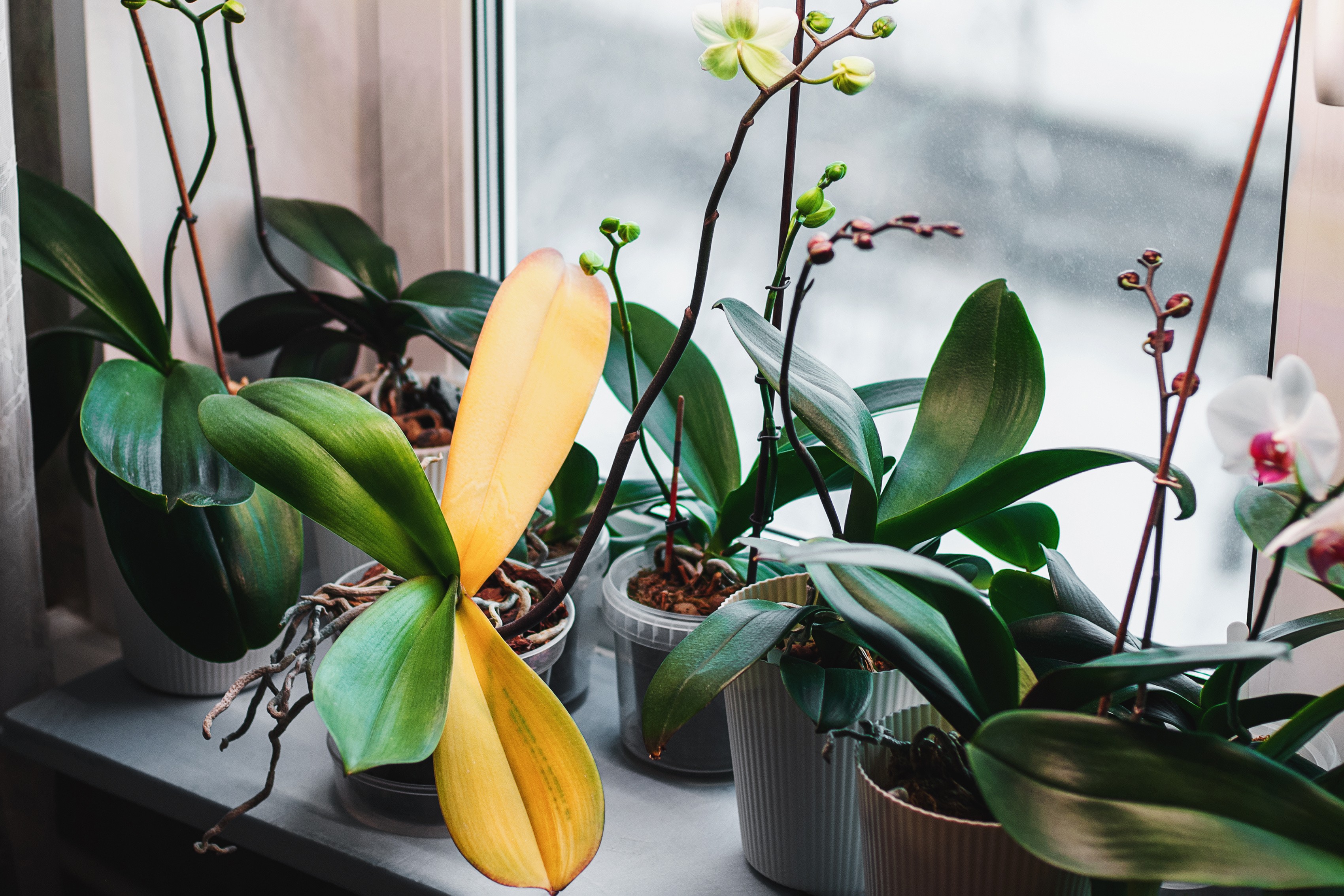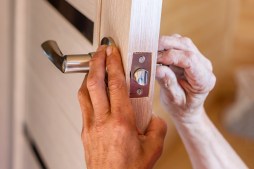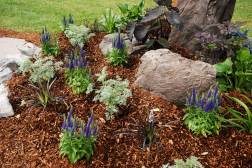Best Practices for Creating an Ideal Quarantine Space for Ailing Houseplants

When one of your beloved houseplants falls ill, it’s essential to act quickly to prevent the spread of disease or pests to your other greenery. Creating a dedicated quarantine space indoors helps isolate the sick plant and provides an environment conducive to recovery. In this article, we’ll explore the best practices for setting up an ideal quarantine area to nurse your ailing houseplants back to health.
Why Quarantine Is Important for Sick Plants
Quarantining sick plants is crucial because it prevents pests and diseases from spreading throughout your indoor garden. Many common plant problems like fungal infections, insect infestations, or bacterial diseases can easily transfer through close proximity or shared tools. Isolating the affected plant minimizes this risk and allows you to monitor its condition more closely during treatment.
Choosing the Right Location for Your Quarantine Space
Select a well-ventilated area indoors that receives adequate indirect sunlight but avoids harsh direct rays which could stress a weakened plant. This space should be away from other healthy plants to reduce cross-contamination risks. Common options include a spare room, bathroom with natural light, or even a designated corner separated by shelves or screens.
Setting Up Your Quarantine Area
Ensure your quarantine zone has easy access to water and that you have all necessary tools like spray bottles, pruning shears, gloves, and fungicides nearby. Use clean pots and fresh soil if repotting is required. Avoid sharing equipment between sick and healthy plants unless thoroughly sanitized between uses.
Maintaining Hygiene in the Quarantine Space
Regularly clean surfaces around your quarantined plant using mild disinfectants safe for plants. Dispose of fallen leaves or debris promptly as these can harbor pests or pathogens. Wash hands before handling other plants after working with the sick one to prevent accidental spread.
Monitoring and Caring for Your Sick Plant During Quarantine
Keep a close eye on symptoms such as yellowing leaves, spots, wilting, or new pest activity while following recommended treatments based on diagnosis (e.g., insecticidal soap for pests or fungicides for fungal infections). Adjust lighting and watering according to the needs of the recovering plant until signs of improvement appear.
By thoughtfully creating and maintaining an ideal quarantine space indoors, you give your ailing houseplant the best chance at recovery while protecting your broader indoor garden from potential infestations or diseases. Regular monitoring combined with proper care ensures healthier houseplants thrive in your home.
This text was generated using a large language model, and select text has been reviewed and moderated for purposes such as readability.


